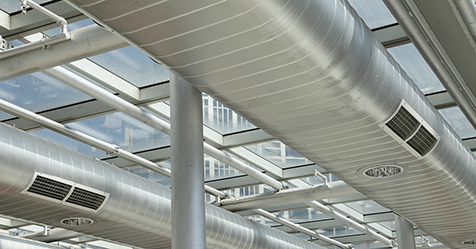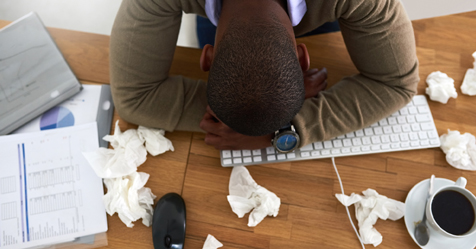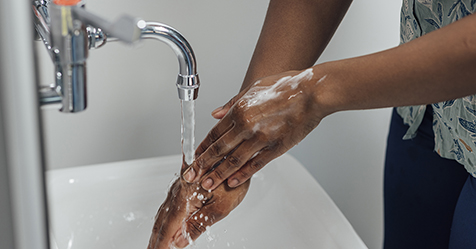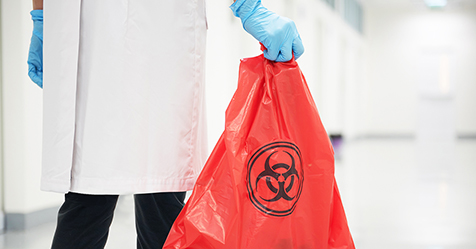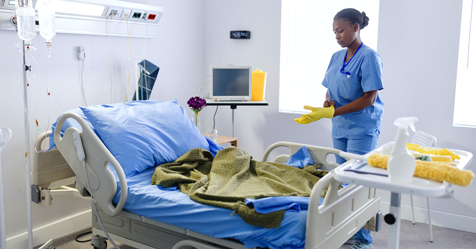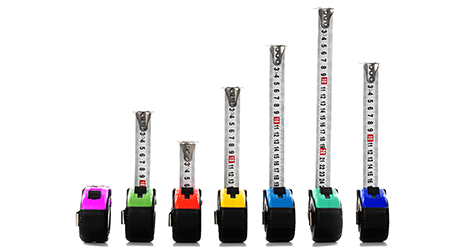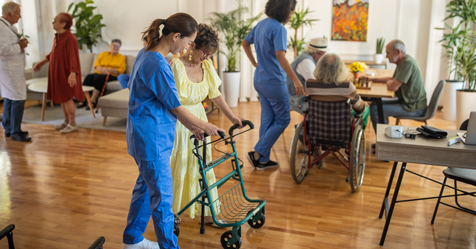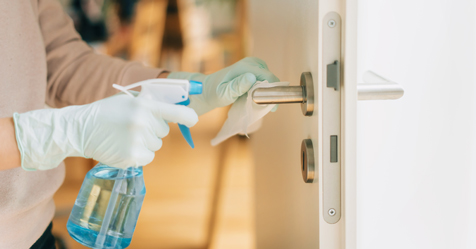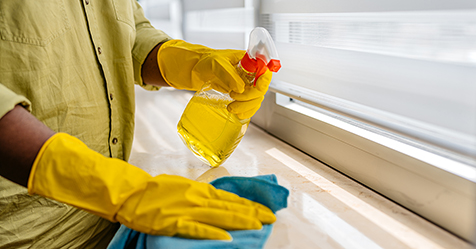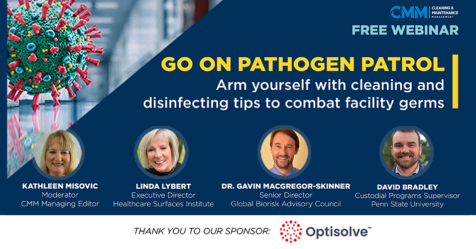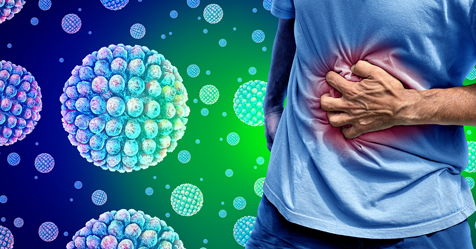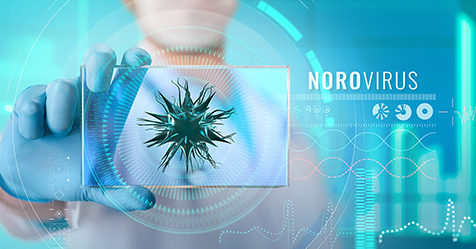Tim Cromley is the Clean Hands Man, a hand-hygiene advocate who has traveled the world inspecting wash-stations, challenging compromises and promoting touch-free solutions.
VideoInfection Control
Implementing a holistic indoor air quality strategy involves careful selection of certified cleaning products and green building materials, rigorous adherence to improved cleaning protocols, and comprehensive staff training.
ArticleIn this in-depth expert discussion, Dr. Gavin Macgregor-Skinner, Senior Director at ISSA, and Keri Lestage, with Good Salt Life, break down exactly what EHV-1 is, how it spreads, and why cleaning and disinfection are essential parts of controlling this highly contagious virus.
VideoProactive facility managers, custodial teams, and building service contractors are gearing up for that time of year again: cold and flu season.
ArticleCMM spoke with Gregory Gardner, director of environmental services (EVS) at a Georgia hospital, about handwashing challenges in healthcare facilities.
ArticleWhile shelters are critical for the immediate safety and protection of displaced individuals, they also create conditions for spreading infectious diseases.
ArticleBodily fluids, such as saliva, urine, mucus, vomit, feces, and blood, are the most significant biohazard risk to cleaning professionals who maintain restrooms.
ArticleThe difference between a properly trained healthcare cleaning team and an unprepared contractor can be measured in patient outcomes and regulatory violations.
ArticlePrimary metrics, or indexes, that meet the requirements of many cleaning for health programs include bioload exposure indexes, indoor air quality indexes, and localized exposure indexes.
ArticleElectrolyzed water, an eco-friendly alternative to traditional chemical-based disinfectants, is produced through an electrochemical process.
ArticleThe various types of antimicrobial treatments include built-in antimicrobials integrated into materials and textiles during manufacturing.
ArticleLike any tool, disinfectants are most effective and safe when cleaning crews use them properly.
ArticleTarget germ hotspots and optimize cleaning frequencies by pinpointing high-touch and high-traffic areas most prone to harboring germs.
VideoNorovirus immunity is short-lived, and a person can have multiple norovirus infections in one winter season.
ArticleQuick action to clean and disinfect potentially contaminated surfaces or objects can be critical to help prevent the spread of norovirus.
ArticleDr. Gavin Macgregor-Skinner shares what separation from the WHO means for ISSA and its member organizations.
Video
